ABC of Stains
ABC of Stains
-
A
-
Adhesives
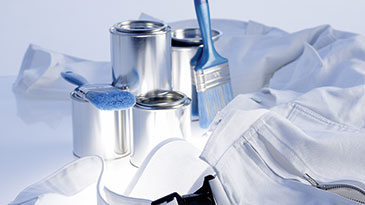
Adhesive soiling is best removed with nail polish remover (do not use it on synthetic fibres such as acetate). After removing the adhesive wash the item in the washing machine as instructed on the care label.
-
-
B
-
Baby food

Don’t despair if mealtimes end up looking like a battlefield!
Soak the textiles for at least 2
hours in warm soapy water and then wash as recommended on the care label. -
Ballpoint pens
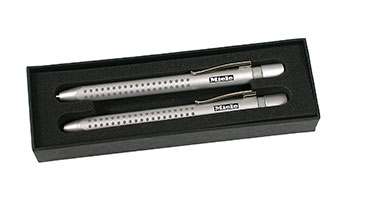
Look this kind of stain in the eye! You will need time and a mixture of vinegar and spirits for this trouble-maker. With white textiles add a little lemon juice.
Hairspray can also help:
liberally spray the textile and rub the stain off with a clean, dry cloth. With woollens you are better off with cologne or soap spirits. The stain will disappear if you then wash the item as normal. Special stain removers for ball point pen are also available from retails outlets. -
Beer
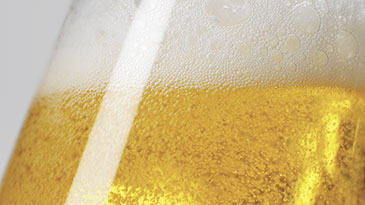
Hops and malt disappear even without stain remover if you wash out a fresh beer stain with warm water. Rub in warm, diluted vinegar before washing to get rid of dry stains; for old stains, first soak the fabrics in a bit of glycerine. The beer stain often disappears completely after the first wash. As with hangovers, you can often get rid of beer stains on your clothing using mineral water.
-
Bitters
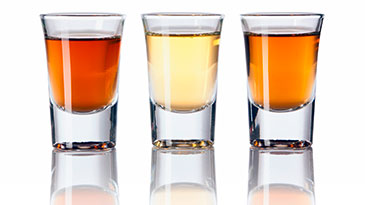
Before the digestif reaches your stomach, eliminate its traces in the same way as with a liqueur stain, i.e. first with alcohol and then with warm soapsuds.
-
Blood
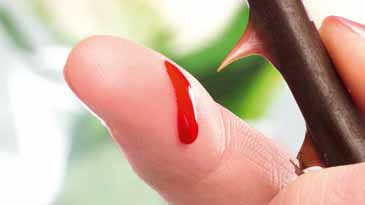
If you see blood, administer the following first aid: immediately rinse with cold water and then soak in salted water. Some diluted ammonia solution helps against old stains – for every blood type.
Tip: Miele washing machines with the "Stains" function detect this stain and treat it specifically! -
Blueberries
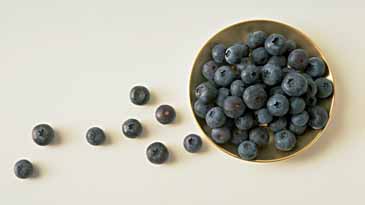
Lemon juice is an old and healthy home-made remedy for getting rid of blueberry stains.
Tip: Miele washing machines with the "Stains" function detect this stain and treat it specifically! -
Burn marks
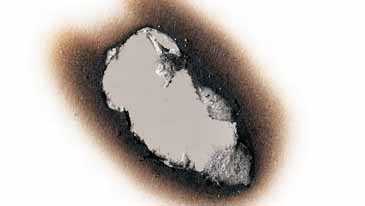
If too many sparks have been flying, "extinguish" the source of the fire with a light, warm, approx. 10% vinegar solution. You can bleach some fabrics afterwards with hydrogen peroxide (be sure to test in advance) or chlorinate them.
-
Butter

Butter is a convenient stain remover to everyone's taste. It is easy to get rid of and can even help to dissolve stubborn grease, tar and resin stains. Spread a bit of butter on these stains. After working it in, you can scratch off the stain and then dab it off using some benzine or stain remover spray.
-
-
C
-
Car oil

First place absorbent material under the fabric. Firstly treat the stain with alcohol and then with turpentine. After working in, use a dabbing brush on the stain. Repeat this procedure using turpentine until no more oil flows into the material below. Then apply liquid detergent and water to the spot and dab off the stain carefully. Then you should rinse the fabric well and wash it in a washing machine using heavy-duty detergent. Repeat the procedure for severe stains.
Tip: Miele washing machines with the "Stains" function detect this stain and treat it specifically! -
Cherries
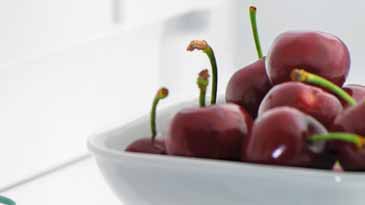
The juice of a pressed lemon helps with the red juice of this robust fruit. Cherry stains can easily be bleached with colour-fast, liquid bleach for colour fabrics and with detergent with stain remover for whites.
Tip: Miele washing machines with the "Stains" function detect this stain and treat it specifically! -
Chewing gum
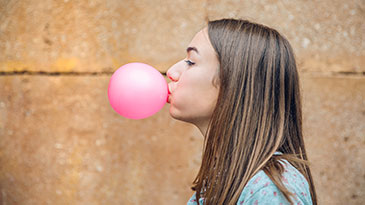
First put the chewing gum back into its original state. Harden it by cooling in a freezer compartment or using ice cubes. Afterwards, the stain can be scratched or brushed off easily. In addition, you can reinforce the cleaning with a bit of alcohol
-
Chocolate
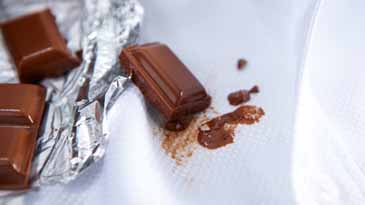
When the sweet temptation becomes a tough problem, first scratch the stain carefully using a knife. Mix alcohol or glycerine with an egg yoke, and let the mixture work into the brown stain. First wash the fabric with cold water and then with warm soapsuds.
Tip: Miele washing machines with the "Stains" function detect this stain and treat it specifically! -
Cocoa
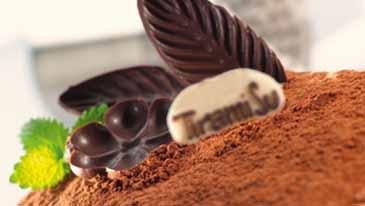
Cocoa is mostly milk and needs the same treatment as the white calcium-rich liquid: first cold and then warm water. Never the other way around; otherwise, the stain can become unpleasant. Then soak the clothing in salt water. If you can still see traces of cocoa after washing, dab the stain with unsalted water in which potatoes were boiled. You can get help quickly by applying liquid detergent directly on the stain and letting it soak in for approx. 25 minutes.
Tip: Miele washing machines with the "Stains" function detect this stain and treat it specifically! -
Coffee
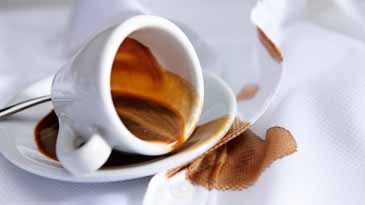
If there was milk in the coffee, then first dab the spot with cold water. Then dab warm glycerine on the spot and wash it with warm water and – if necessary – gall soap. For black coffee without milk, first treat the stain using lukewarm soapy water. For old coffee stains, enrich the suds with a pinch of salt and then cover the stain with glycerine and egg yolk. Rinse out the mixture after a half hour first with cold and then with lukewarm water. Coffee stains can easily be bleached with colour-fast, liquid bleach for colour fabrics and with stain remover for whites.
Tip: Miele washing machines with the "Stains" function detect this stain and treat it specifically! -
Cognac

Before the wine-based spirit ruins your mood, treat the traces on your clothing first with lukewarm water and then with some liquid detergent and water.
-
Cola
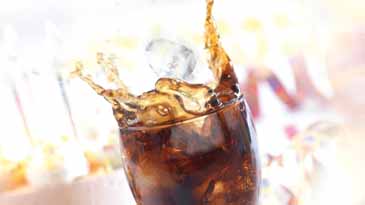
Fresh stains from the dark soft drink normally dissolve at the first wash. If the stains are older, first use a bit of gentle washing powder on the stain and then mineral water as "solvent".
Tip: Miele washing machines with the "Stains" function detect this stain and treat it specifically! -
Collar dirt

A collar is the calling card of smart clothing. Consequently, hand-wash detergent is available in practical tubes for treating this area, and the tubes fit conveniently into your baggage when you travel. Gall soap is a less expensive and just as effective alternative.
Tip: Miele washing machines with the "Stains" function detect this stain and treat it specifically! -
Currant juice
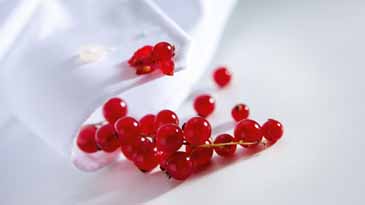
Redcurrant or blackcurrant juice usually dissolves after the first wash, as is the case with all fruit juices. You can add a bit of stain remover to the detergent for stubborn stains. Alternatively, you can treat the clothes with lemon juice, vinegar or salt before washing.
Tip: Miele washing machines with the "Stains" function detect this stain and treat it specifically! -
Curry

If treated improperly, the fine spice mixture quickly becomes a real problem. That is why you should first use lukewarm water on the curry stain. Then rub in the spot with glycerine, or use cologne, spirits or ethyl alcohol for sensitive fabrics. Curry is easy to bleach.
-
-
D
-
Deodorant

Don't sweat it if unwanted deodorant traces remain on your clothing. It's best to treat these stains before washing with 5% citric acid.
-
-
E
-
Egg yolk

An egg stain should not be rubbed, but salted. Then you can brush off the dried stain and dab it with cold water. If you can still see the yoke and egg white, we recommend using a diluted ammonia solution. Then wash.
Tip: Miele washing machines with the "Stains" function detect this stain and treat it specifically!
-
-
F
-
Felt-tip pen
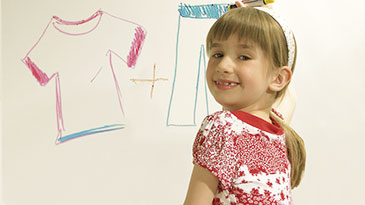
The stains of a felt-tip pen are difficult to remove (as are those of a ballpoint pen), because the colourants remain stubbornly in the fabric. The bottom line for this is dissolving the colour with alcohol and turpentine or a bit of glycerine before washing the fabric, if necessary, several times.
-
Fruit
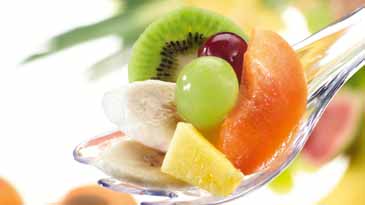
First spread some stain remover on the stain before the next wash. If you can still see the vitamins, dab the spot with acetic or citric acid. Some fruit stains, e. example, g. from peaches, only become visible after washing and are especially difficult to remove. Old fruit stains can often be eliminated after soaking in buttermilk and shot of lemon juice for a few hours. Ammonia solution and spirit of soap also work on sensitive fabrics. Fruit stains are bleachable stains. Use a colour-fast, liquid bleach for coloured fabrics (also for wool and silk). For white fabrics, add a bit of stain remover to the detergent.
Tip: Miele washing machines with the "Stains" function detect this stain and treat it specifically! -
Fruit juice
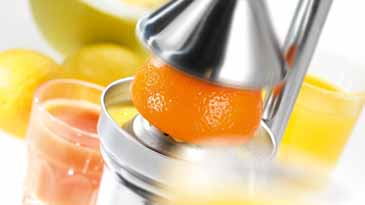
If your source of vitamins has ended up on your clothes, first pour some mineral water on the stain and then wash the clothing as normal in the washing machine. A bit of liquid bleach directly on the stain helps additionally against stubborn stains.
Tip: Miele washing machines with the "Stains" function detect this stain and treat it specifically!
-
-
G
-
Grass
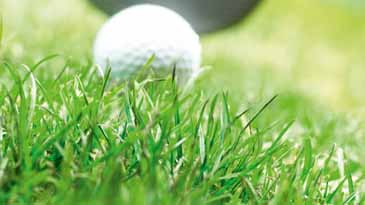
Green is the colour of hope, and you should not lose that when you have a grass stain. That is, provided that you do not use any water on the stain first, because this would make removal more difficult. It makes more sense to put a diluted ammonia solution or lemon juice on the stain before washing in hot water. An old home-made remedy helps against older grass stains. First soak the soiled spot in sour milk and then rinse it with fresh milk. We recommend a mixture of egg white and glycerine for flannel. And if you were outside in green spaces with a light-coloured summer dress, first treat the grass stains using some ethyl alcohol. Green grass stains quickly become very faint when they are treated with bleach. Use a colour-fast, liquid bleach for coloured fabrics, wool and silk. For white fabrics, add a bit of stain remover to the detergent.
Tip: Miele washing machines with the "Stains" function detect this stain and treat it specifically! -
Grease stain
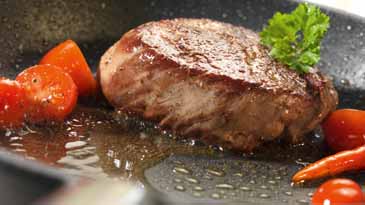
A bit of liquid detergent or warm soapy water and a machine wash usually suffice. We recommend using liquid detergent, because it contains more tenside than powder detergent and consequently removes grease especially well. An old household remedy is potato flour - this absorbs grease, which can then can be brushed off. If the stain is still there, example, applying water with washing soda or rubbing with soap and then washing with hot water if possible may be of help. Alternatively, ethyl alcohol, alcohol or spirit of soap are also effective. Grease stains disappear as fast as they arrive if you treat them with a stain remover spray containing benzine. Then wash using a liquid detergent. Unpleasant grease stains on ties can be tackled by pressing talcum powder on them using the tip of a knife and letting it work in. Rub out carefully later using a cotton swab.
Tip: Miele washing machines with the "Stains" function detect this stain and treat it specifically!
-
-
H
-
Honey
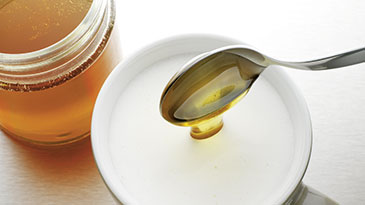
If the nectar of the bees soils your clothing, first use warm water. Then treat the sweet stain directly using some liquid detergent.
-
-
I
-
Ice cream
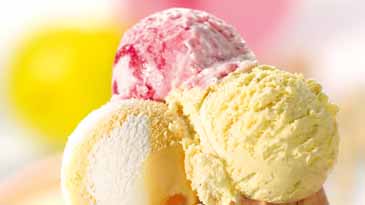
If the icy delicacy ends up on your clothes rather than in your mouth, it can leave an unpleasant trace of the summer. A mixture of spirits and an ammonia solution applied to the stain help initially. Remove the rest using lukewarm, clear water.
-
Ink
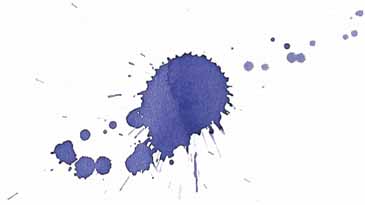
Lemon juice or even "Fleckenteufel" have proven their worth against ink stains. You should proceed a bit more carefully with vinegar or warm soapsuds. First observe their effect on an inconspicuous spot on the fabric.
-
-
J
-
Jam

If a jam spillage leaves you in a sticky situation, a cloth and warm water usually do the trick. With stubborn jam stains, using soapsuds or a bit of alcohol in the same way as when dealing with strawberry stains will help you win the battle.
-
-
L
-
Lipstick
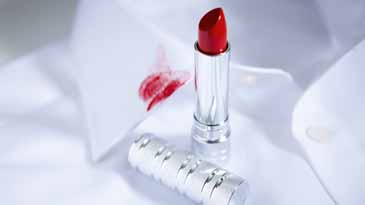
If you suddenly see red, stay calm. Things are usually settled after the first wash. Stain removal can be helped by soaking the stain in advance with eucalyptus oil or glycerine or pre-treating with stain spray or cleaning solvent. A slightly diluted ammonia solution helps remove stubborn lipstick stains.
Tip: Miele washing machines with the "Stains" function detect this stain and treat it specifically! -
Liqueur

A shot of liqueur is no tragedy if you treat it with something high in alcohol, e.g. pure alcohol or diluted spirits. Afterwards, we recommend further treatment with warm soapsuds and rinsing in lukewarm water. Lukewarm water is recommended for stains on wool and silk.
-
-
M
-
Make-up

This type of soiling is relatively easy to remove from textiles. Make-up stains can be removed from light coloured items using alcohol or spirits as long as the fabric is robust enough for this treatment. With cotton, linen, viscose and woollens gall soap can help. Facial toner can also help. Follow up by washing the item in your washing machine.
Because make-up often contains fats, a pre-treatment for greasy stains will also help. -
Mayonnaise

Mayonnaise can become a big problem fast if you treat the stain incorrectly. Dab some lukewarm water on the stain first, or remove the worst using a knife. Then dab glycerine on the stain. If you can still see stains after the next wash, use a diluted ammonia solution for follow-up treatment.
Tip: Miele washing machines with the "Stains" function detect this stain and treat it specifically! -
Milk
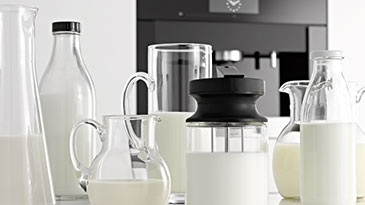
Milk on your clothes is not a problem if you first rinse the stain with cold water and then wash it in hot water. You only need lukewarm water for velvet and silk.
-
Mustard
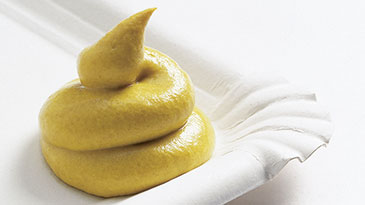
Here's some advice that really cuts the mustard: first treat mustard stains using warm soapsuds. If you can still see it, try using water and a shot of ammonia solution. It that doesn't work, only glycerine can do the job. Not on velvet or silk, however. You should only use cologne or a small amount of spirits gently as with mayonnaise and curry stains. Mustard stains are also easily bleachable.
-
-
N
-
Nail polish

You can carefully dab nail polish from clothing using nail polish remover. Then wash as normal.
-
-
P
-
Paint stains
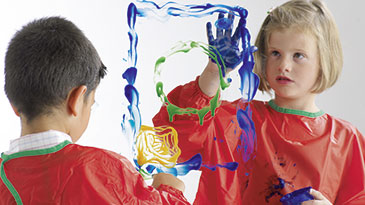
A paint stain on clothing is no reason to be gloomy and pessimistic. That is, provided that you know what kind of paint is involved. Water-soluble colours are best treated using hard soap or gall soap first and then washing them. For oil-based paints use turpentine oil (paint brush cleaner) before washing; you can also use this for removing varnish. Acrylic paint requires more stringent measures, however. Mix spirits with a few drops of ammonia solution, and dab the stain several times before washing.
-
Perfume
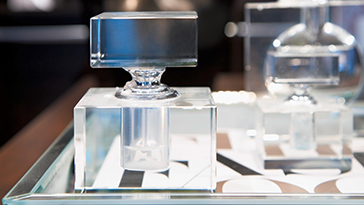
The traces of this refined essence "disappear into thin air" when you use pure alcohol. However, traces of the scent can destroy colours on silk. In addition, deodorant or perfume stains can be pre-treated using diluted citric acid (in a ratio of 1:5). Then wash as normal.
-
-
R
-
Red wine

White wine helps with red wine stains. Sherry or clear alcohol are also sure ways to remove the stain. However, the best remedy against the refined grape juice is a pinch of salt. In any case, we recommend dealing with the stain as fast as possible. Before you switch on the washing machine, put a dash of lemon juice on the stain. If it remains, try a dash of glycerine. Velvet and silk cannot endure any salt or white wine treatment, so instead only use Indian flour or potato flour. A diluted ammonia solution, ethyl alcohol or spirit of soap help remove remain red wine residue. Red wine stains are bleachable stains.
Tip: Miele washing machines with the "Stains" function detect this stain and treat it specifically! -
Resin
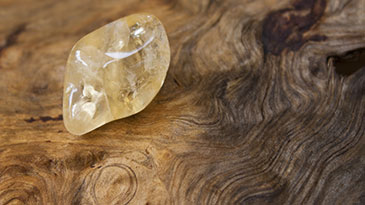
First put the problem area on ice. Then you can scratch off the stain more easily and afterwards use alcohol to get rid of it. Alternatively, spirits, spirit of soap, turpentine oil or ethyl alcohol can help to get rid of the stain. Soak up the mixture using blotting paper. For old resin, first soften it using butter. Then scratch off the dissolved resin carefully using a knife and wash off the rest using spirit of soap.
-
Rust
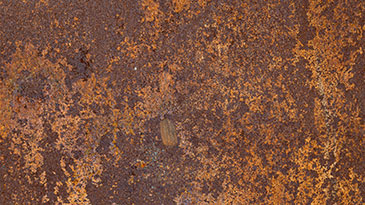
Brown rust stains often require time-consuming treatment. You can treat the stain using lemon juice on bright, less sensitive fabrics and wool. However, you then have to rinse the fabric thoroughly. For dark, sensitive fabrics, first use spirit of soap before the lemon juice. At the end, dab a bit of pure spirit on the spot. A simpler alternative is a rust remover from a chemist's shop. It is important to remove the rust immediately, because it can destroy fabrics and fibres if it works in for a longer time.
-
-
S
-
Shoe polish

A bit of shoe polish is part of a well-groomed appearance – but not on your clothes. Spirits help remove it. Use undiluted spirits for white textiles, and mix one part spirits with two parts water for coloured fabrics. A liquid detergent or stain remover spray with benzine for pre-treatment often suffice for this type of grease stain. Then wash using a liquid detergent. You can remove colour residues using a decolouriser. However, that is only possible for white cotton.
-
Skin cream
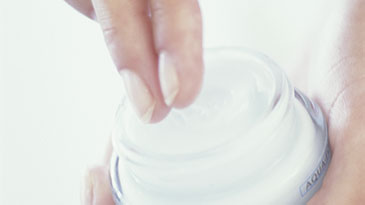
The same solvents used for butter stains and warm soapsuds help with greasy skin creams. An additional bleaching agent is best for colour residues. Benzine also helps with skin cream – only on your clothes, however, and not on your skin.
-
Soil
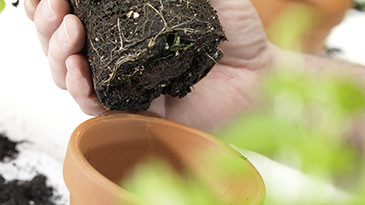
These stains are caused by iron oxide in the soil, which has settled in between the fibres. This type of pigment is not water soluble and needs mechanical action to remove it.
Coarse soiling should be very carefully brushed or vacuumed off first, or hosed off from the wrong side with water. It is advisable to soak the textiles in the washing machine. This subjects the laundry to regular movement and helps to swell the fibres, making it easier for the fine particles of soiling to disperse. Stains caused by soil should always be removed as soon as possible as otherwise, just like with rust stains, they will cause discolouration and damage the fibres. -
Soot

If you rub in a soot stain, the chances for removing it are dark and gloomy, because the dark smoke penetrates more deeply into the fabric as a result. Pat it and blow on it first instead and then spread potato flour or sawdust on it. For white fabric washable at all temperatures, put a bit of salt on the stain. If it remains, try using some alcohol. Pre-treating with stain remover spray often works wonders.
-
Spinach
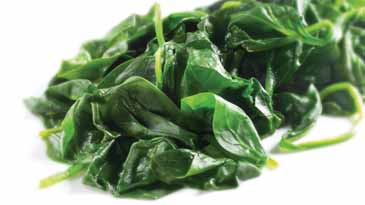
Fresh potatoes go well with spinach. To put it more precisely: Rub a raw potato over the spinach stain, and then wash it with soapy water.
Tip: Miele washing machines with the "Stains" function detect this stain and treat it specifically! -
Stains from unknown sources
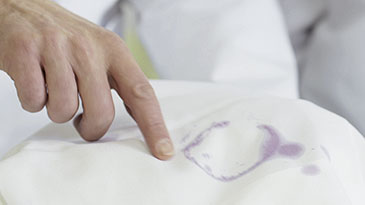
You should always treat the unknown with caution. Get a picture of the problem first by analysing the fabric. Egg yolk works well on coloured, washable fabrics. Rinse the stain after soaking with cold water. White, bleached fabrics should first be dabbed with cologne or spirits. Then rub a diluted solution composed of ammonia solution and gall soap on the stain or soak it in this solution overnight. For wool, use cornmeal, potato flour or vinegar and potato starch. Heat these ingredients in water, and then moisten the stain. The stain can be brushed away as soon as the solution has dried. Rub a linen cloth soaked in vinegar on velvet stains. Then rinse the spot using clear water.
-
Strawberries

The sweetest fruits will not sour your mood if you first treat the stain using lukewarm soapsuds. The best method for treating stubborn stains is to apply liquid bleach directly.
Tip: Miele washing machines with the "Stains" function detect this stain and treat it specifically! -
Street dirt
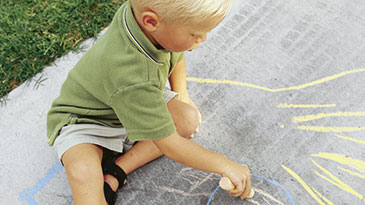
Banish the grey picked up on the streets from your clothing using a gentle brush. To ensure removal of the stains, moisten the brush with a bit of water or benzine.
-
Sugar
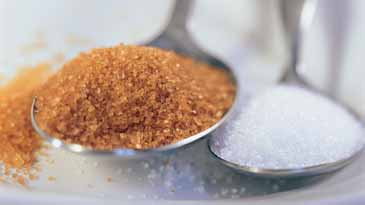
The best thing about sugar is that it is easy to get rid of stains. That is, provided that you act quickly. The sticky substance can dissolve very easily using warm water. Lemon water is an effective helper with coloured sweets.
-
Sweat stains
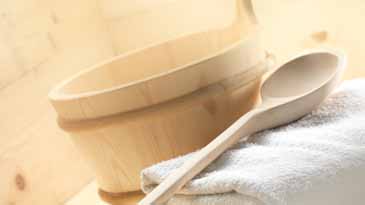
The evidence of hard work becomes unpleasantly visible as a yellowish stain on light clothing. Soaking in lukewarm vinegar water helps here. Then you can wash the textiles as normal.
Tip: Miele washing machines with the "Stains" function detect this stain and treat it specifically!
-
-
T
-
Tar

First spread butter on the dark, viscous mass until it dissolves. As with resin, the stain is bonded as a result, so that the first, rough traces can be removed carefully after the butter has worked in. Then take a bit of alcohol or a stain remover spray with benzine, and treat the stain with that. Lay a thick paper towel underneath, so that the rest is absorbed. Another "hot tip" is to use an iron. Put the stained spot between strongly absorbent blotting paper before ironing.
-
Tea
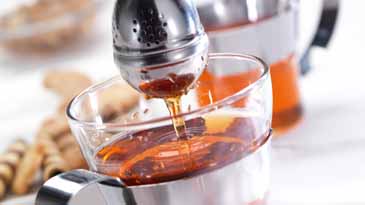
If the tea water is still warm, use it as quickly as possible for initial treatment of the tea stain. Gall soap and water can help you here, or add stain remover into the washing machine. Caution: check coloured textiles for colour fastness! For stubborn stains on the other hand, we recommend a mixture of glycerine and egg yolk, which you should wash out after around one hour.
Tip: Miele washing machines with the "Stains" function detect this stain and treat it specifically! -
Tomato ketchup
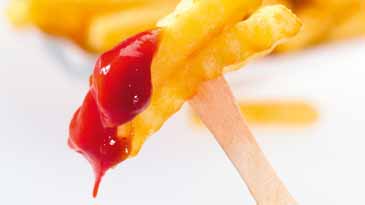
You can remove the stain from the classic fast food condiment as quickly as it was created by washing it with lukewarm soapsuds or with water and a shot of ammonia solution. You can also dissolve it partially before washing using gentle liquid detergent. Ketchup can bleach easily like curry or mustard.
-
Toothpaste
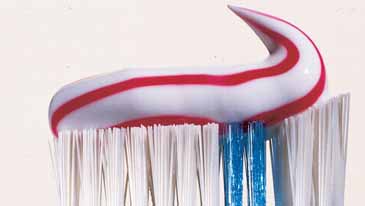
You remove toothpaste from clothing in the same way as from your teeth: simply rinse it thoroughly using lukewarm water. Then wash using water that is as hot as possible.
-
-
U
-
Urine
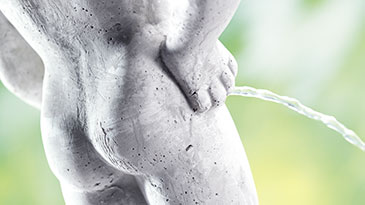
The same applies to urine as to other stains: start by getting as much fluid out of the fabric as possible without making the stain any larger. A layer of salt or a little lemon juice can help here. Pat dry with paper towel and then rinse the garment with clean, cold water and then hand it over to the washing machine to deal with the rest.
We recommend using a detergent that contains a bleaching agent as long as this doesn’t affect the material or the colour of the fabric.
-
-
V
-
Vegetables

Normally stains from young and fresh vegetables can be removed simply using a cloth and cold water. You only need warm, soapy water for tomatoes and spinach stains, and it is best to pre-treat the stain using raw potato slices. However, if the vegetables lands on your clothes in combination with grease, flour or cream, spread a bit of gentle washing powder on the stain before washing. Vegetable stains normally disappear without a trace if you treat them with liquid bleach or stain remover.
Tip: Miele washing machines with the "Stains" function detect this stain and treat it specifically!
-
-
W
-
Wax

You can easily iron out the unpleasant consequences of dim lighting. With colourless wax, first scratch off the worst of the wax residue. Then place the stained material between blotter paper or paper towels, and iron at a low temperature from the inside to the outside over the wax. Replace the paper frequently. You can freeze clothing with coloured wax, and then scratch off the wax carefully. If colour residue can still be seen afterwards, treat it like grease stains.
-
White wine

White wine should not age for a long time before it is removed. Rinse it directly with hot water. To absorb the moisture better, spread a lot of salt on the stain – this is a procedure that has also proven its worth as a successful antidote against red wine.
-